1 JulCoastal Erosion Solutions
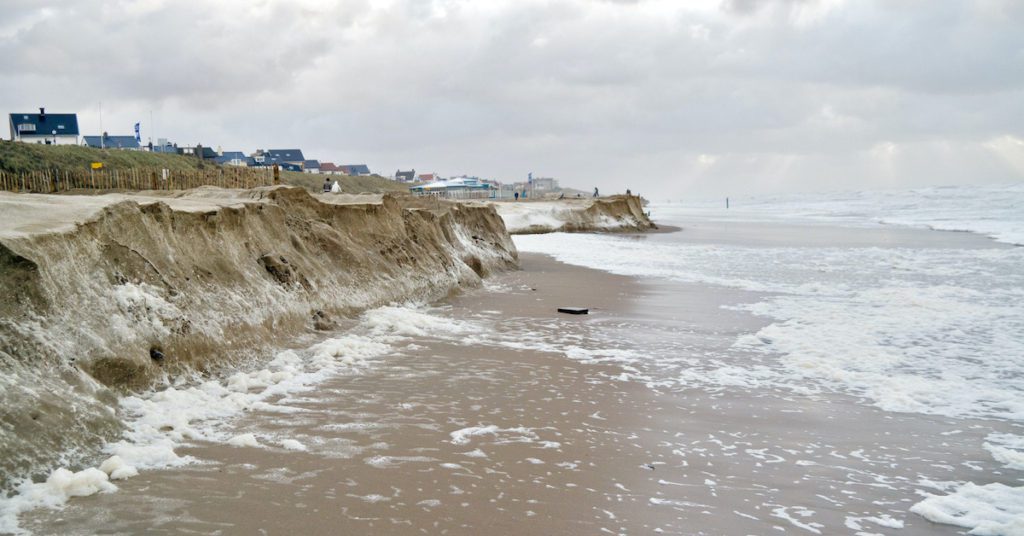
Coastal erosion and sea level rise is a constant battle for waterfront communities, developers and municipalities.
Wind and waves erode coastlines during major storm events like hurricanes and nor’easters while sea level rise contributes to flooding problems and poses a serious (and growing) threat to waterfront communities
There are many solutions to combat coastal erosion and sea level rise. Some coastal protection systems are structural and manmade while others focus on strengthening the natural beach environment. Typically, a combination of structure and natural solutions creates a more resilient environment that will combat tidal surge and sunny-day flooding.
Types of Coastal Erosion Solutions
Combating coastal erosion and sea level rise involves a combination of structural, natural and infrastructure improvements.
Physical, man-made structures that protect the coast from wind, waves and storm surge including levees, seawalls and breakwaters.
Natural soft armor solutions like oyster reefs, dune preservation, and wetland mitigation improve the coastline to become more naturally resilient.
Upgrading utility lines, raising the height of roadways and adding pump stations improve a community’s capacity to respond to storm events.
Hard Amor Structures for Coastal Protection
Hard armor systems protect the coast from sea level rise and storm surge. These traditional coastal erosion structures have been in use since the Romans constructed a sea wall to protect their harbor.
Hard armor structures including seawalls and retaining walls protect property from flooding and storm surge while levees and breakwaters trap and retain sand.
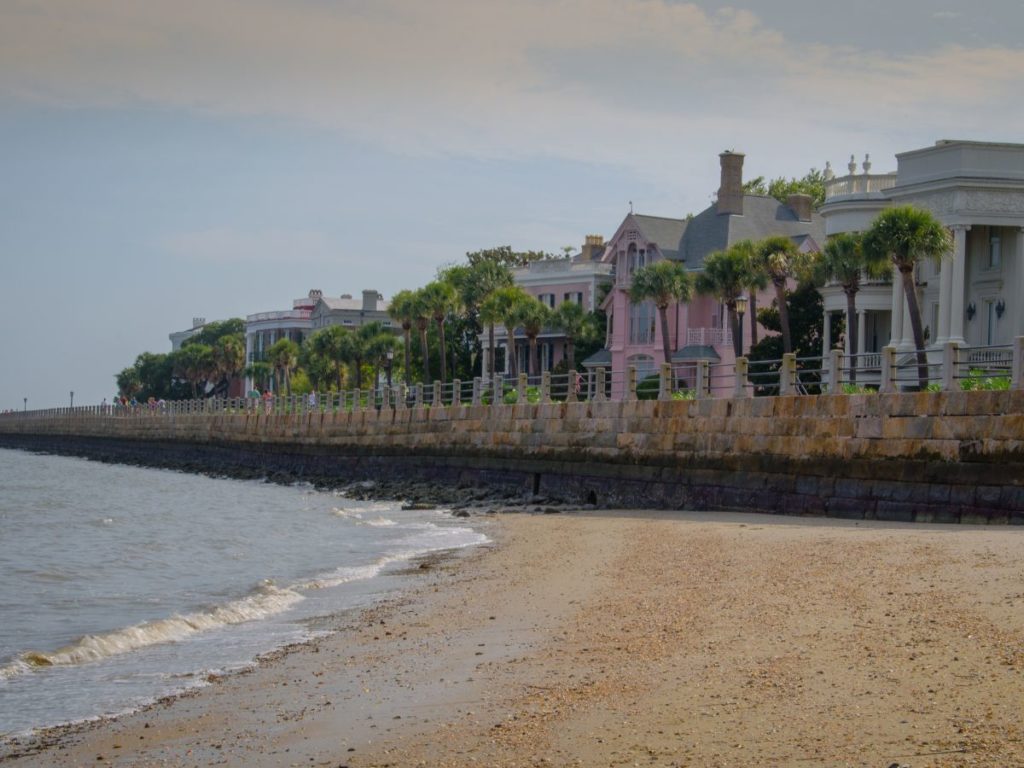
Seawalls
Seawalls are one of the oldest hard coastal protection structures. These man-made walls deflect wave energy to protect homes, businesses and roadways.
Advantages
Seawalls are popular because of their longevity and strength. These solid structures are typically made of concrete which means they can withstand a lot of wave energy.
Seawalls are often topped with a walkway or boardwalk so they also double as a sight-seeing locale and improve community
The Charleston Battery, for example, is one of the most popular destinations in Charleston, South Carolina. The Battery was built in 1909 to protect the city from high tides and strong waves. Today, the Battery protects this low-area of the peninsula while also offering some of the best views in the city.
Disadvantages
Seawalls are expensive to construct and will require ongoing maintenance depending on the severity of storm surge. Years of exposure to wind, waves and salt water can lead to scouring, cracking and deterioration resulting in regular and costly maintenance.
Seawalls might protect upland property but they also often cause erosion of adjacent beaches.
Lastly, seawalls are man-made structures which means they take the place of a natural coastal habitat. While seawalls are a critical line of defense, incorporating natural solutions where available is important to maintain environmental resiliency.

Breakwaters
Breakwaters are stone structures that protect the coast and harbors from wave erosion. These revetment systems stand in the water and can be parallel or perpendicular to the shoreline.
Advantages
Breakwaters that are parallel to the shore are often found in the water outside of small harbors and beaches. They protect these vulnerable environments from erosive wave energy.
Perpendicular breakwaters also protect harbors and beaches from waves. These breakwaters are typically attached to land and deflect incoming waves. They naturally trap sand as wind and waves push the sediment into the rock structure.
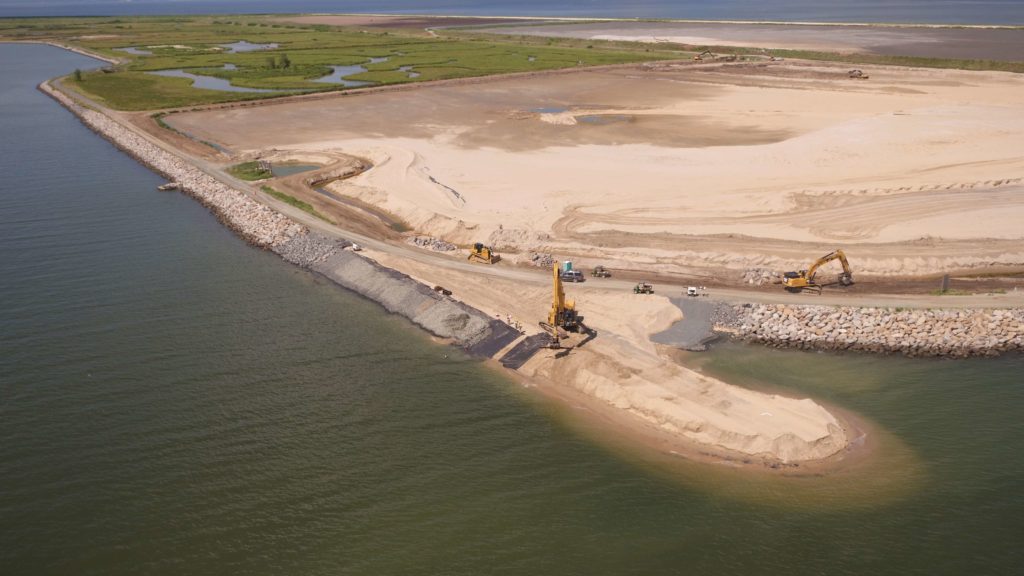
Incorporating geotextile fabric into breakwater design results in a more dependable hard armor structure. On the Poplar Island Expansion project, for example, high strength woven geotextiles act as a mattress for the breakwater. The woven geotextile fabric absorbs the load of the rip rap stone and stabilizes the structure that rests on soft sand. The strength of the fabric prevents shifting that would compromise the foundation.
Woven geotextiles also allow water to flow through its tiny pores which protects the system from hydrostatic pressure. Ideally, some fines should pass through the geotextile fabric but too many particles could compromise the fabric’s function.
Disadvantages
Just like the seawall creates down beach erosion, perpendicular breakwaters can also cause unintended erosion. When sand accumulates in the rock structure, coastal erosion often occurs on the other side of the breakwater.
Additionally, breakwaters can be expensive and time consuming to construct. If not built properly, a major storm can weaken the structure resulting in costly repairs.

Gabion Retaining Walls
Gabion baskets are monolithic, cage-like structures that are filled with rock. These baskets are tied together to create a flexible structure that dissipates wave energy and protect critical infrastructure.
Advantages
Gabion baskets are a nature-forward structural solution that allows communities to enhance protection of ports, roads and pump stations while maintaining natural aesthetics. Gabions have been deployed for coastal protection for more than a 100 years and can be custom-designed to meet a community’s needs. Gabion baskets are shipped flat, arranged on-site then filled with rock or stone.
Disadvantages
While gabions can construct retaining walls, groins, breakwaters and jetties, they maybe not be as feasible as concrete in certain applications. Additionally, galvanized gabion wire mesh is subject to corrosion in harsh environments which can diminish the product’s service life.
Soft Armor Coastal Protection
Many developers, engineers and governing agencies are implementing soft armor coastal erosion solutions because they are not as invasive as the hard armor alternatives. Soft armor structures aim to control erosion by strengthening the natural coastline.
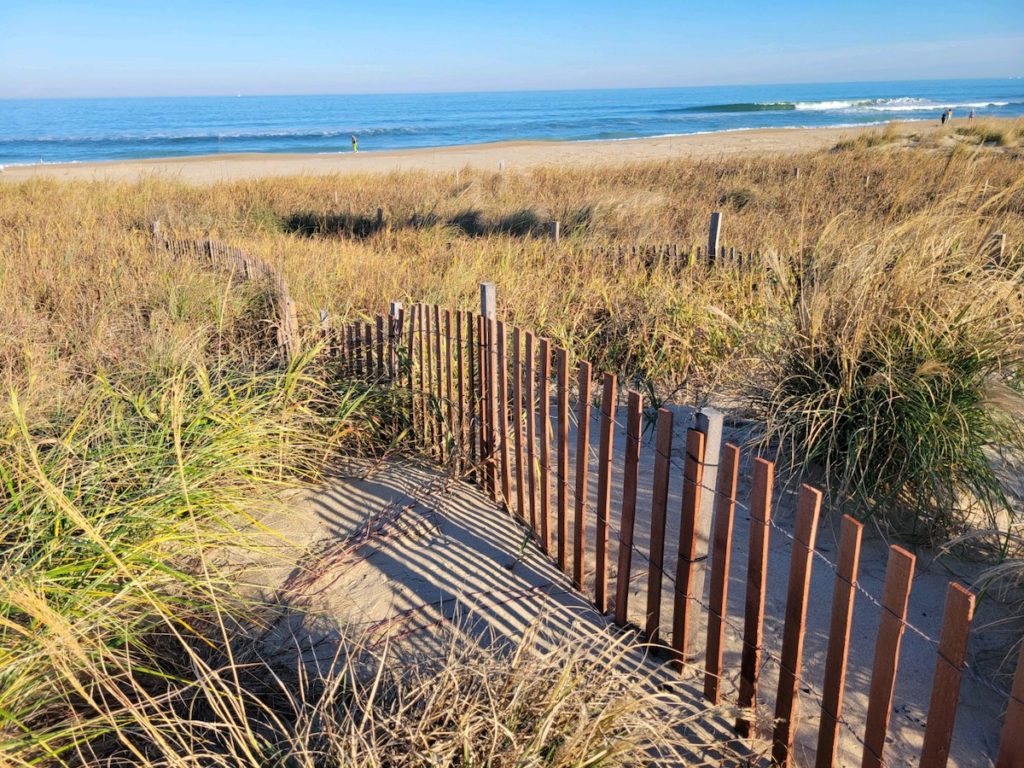
Dune Stabilization
Dunes are the most natural line of defense against coastal erosion. That is why many communities prohibit trespassing on dunes and have laws that prohibit deconstructing or even altering existing beach dunes.
Although naturally occurring, dunes can be strengthened with careful management. Install Sand Fence to control wind erosion and fortify the natural soft structure. Stabilize dunes by planting native species that would naturally exist in the coastal habitat.
Always consult local laws and officials before undertaking any action with beach dunes, even if the dune naturally exists on your property.
Advantages
Sand Fence is a thin, easy to install wood slat fence connected by wire and secured with steel posts. Sand Fence works with the wind rather than completely blocking it, allowing sand to deposit at the base of the fence. Sand can still blow through the slats but the fence decreases the wind’s strength. As a result, the dune grows in size and once large enough, will protect property from waves and storm surge.
Vegetation is the most natural form of erosion control. Careful and strategic dune plantings further strengthen a fortified dune.
Disadvantages
Even a reinforced dune can be destroyed when storm surge is strong enough. Additionally, years of wind can bury sand fence which means you might need to install a new line of fence.

Living Shorelines and Wetland Protection
Living shorelines incorporate a mix of natural defense mechanisms including earthen berms, oyster reefs, plants, sand and rock. This natural line of defense enhances the coastline into a more resilient environment that will grow over time.
Advantages
Living shorelines are the most natural way to protect against sea level rise. Intentional design and careful construction can extend a tidal wetland into the waterbody to offset tidal changes, decrease wave energy and create a thriving coastal environment for fish and shellfish.
Living shorelines are also more aesthetically pleasing for the community and are more cost-effective than concrete seawall structures.
Disadvantages
For living shorelines to thrive, they must be maintained and monitored. Like coastal protection structures, it’s also important to incorporate living shorelines into the right location. High energy waterways that are subject to regular strong wind and waves are not the right environment for living shorelines.
Infrastructure Improvements
Infrastructure improvements are key to improving a community’s defense against coastal erosion. Flooding and storm surge threaten the city’s infrastructure and can diminish its capacity to perform its natural functions.

Road Improvements
Years of salt water damage and tidal flooding can weaken critical infrastructure. Sea level rise and sunny-day flooding may make some coastal roads difficult to navigate, even when there isn’t an active hurricane or nor’easter. More coastal communities are taking steps to raise roadways, re-align curves, incorporate permeable pavement options and offer additional access routes to provide safer access.

Upgrade Utilities
Upgrading critical utilities like stormwater drainage pipes goes hand in hand with road improvements. By considering sea level rise and historical flood data, engineers can project a more accurate picture of how much total volume stormwater pipes need to be able to handle for future flood events. When it comes to pipe selection, designers can choose between High Density Polyethylene (HDPE) pipe or Steel-Reinforced Polyethylene Pipe (SRPE) when replacing concrete pipe.
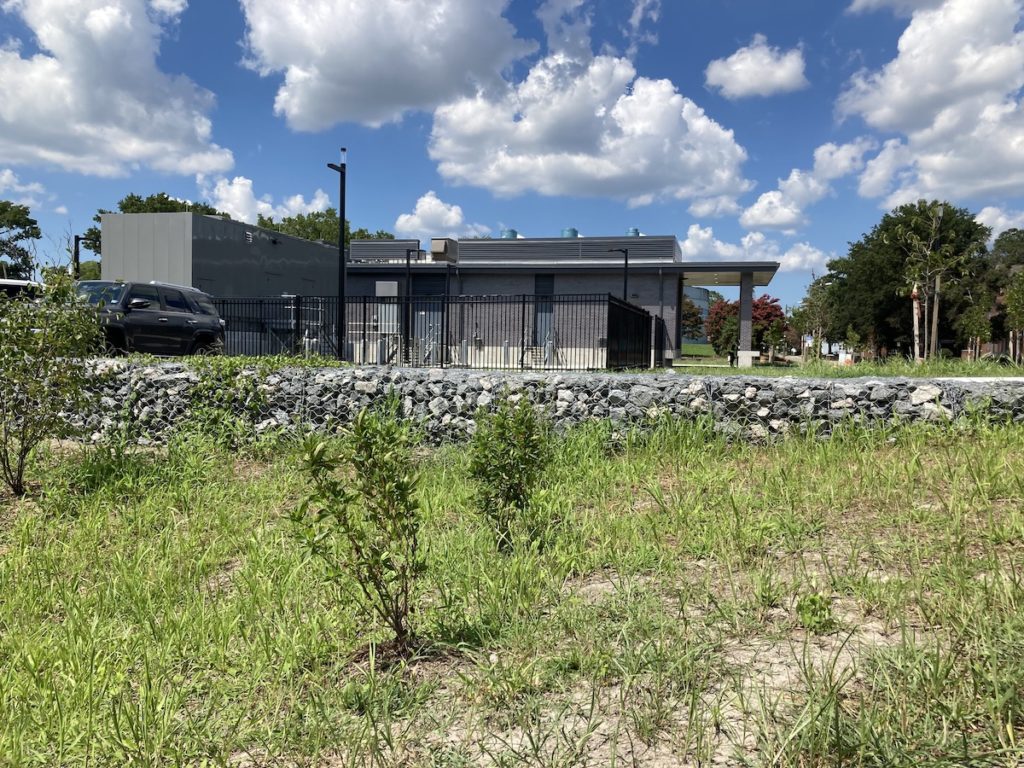
Pump Stations
Pump stations collect and convey wastewater and sewage. Just like stormwater pipes require upgrading, wastewater infrastructure needs to be updated to increase capacity, improve reliability and reduce maintenance related issues that come with aging infrastructure.
Experience with Coastal Erosion and Flooding Projects
Our team is experienced with supplying effective solutions for major coastal erosion and flood control projects including the Ohio Creek Watershed project and ongoing infrastructure improvements in the Tidewater area.
With a sales office and distribution center conveniently located in Virginia Beach, our warehouse is stocked with many products available for immediate pick-up and next day delivery.
We also offer continuing education presentations for engineers and governing agencies interested in learning more about new innovations for coastal erosion.

